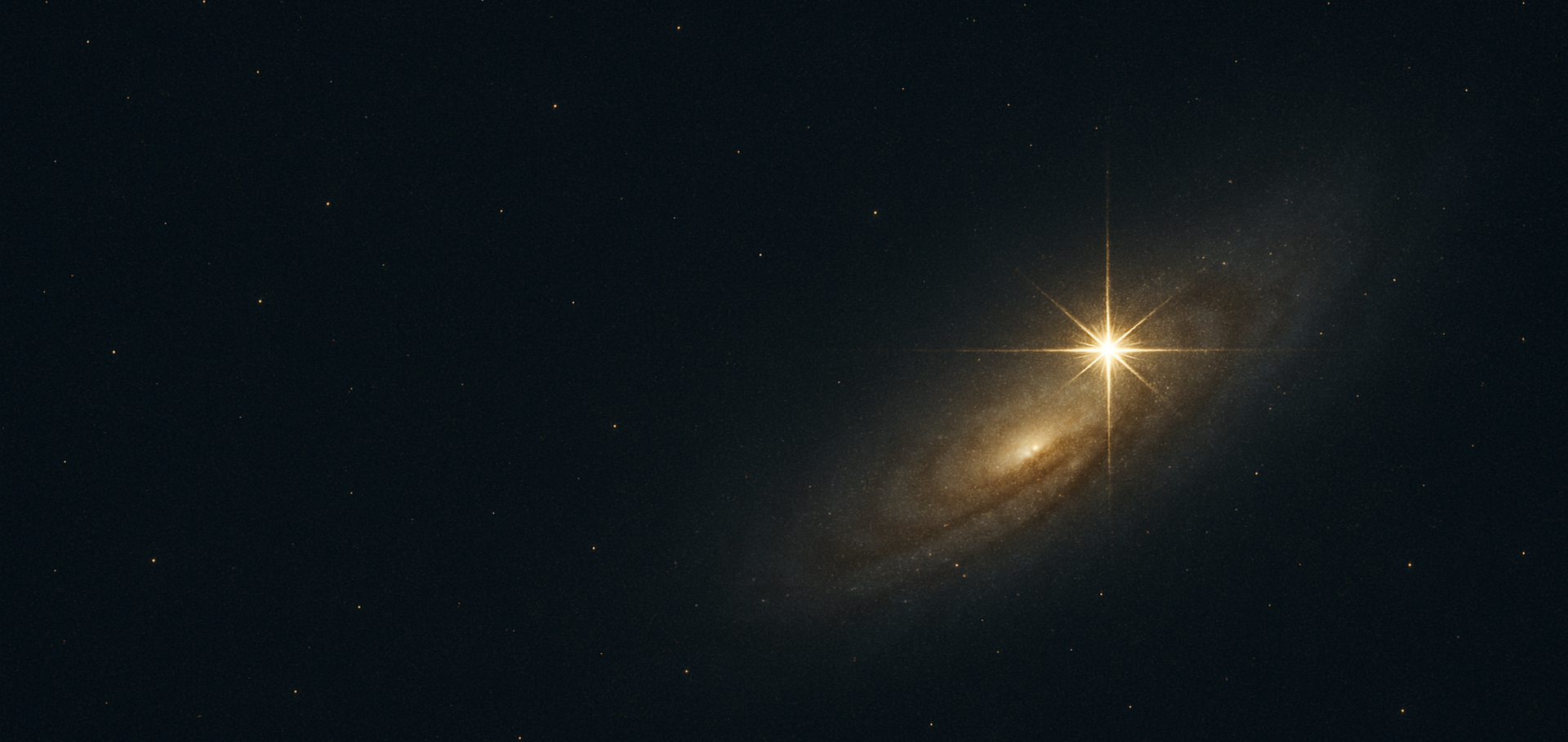Jack Tweddle is a first year Astrophysics DPhil student at St John's College, Oxford. He obtained his MPhys in Physics and Astrophysics from the University of Bath in 2024, where he was awarded both the Ayliffe Prize - for obtaining the highest grade in the final year Physics cohort - and the Chancellor's Prize - for obtaining the highest grade of any graduating student across all subjects.
Jack's primary research interests revolve around Type Ia supernovae (SNe Ia) and their use in cosmology, with broader interests in transient astronomy. Currently, he is working on compiling a new, low-redshift sample of SNe Ia from the ATLAS All-Sky Survey to investigate the properties of the SN Ia population in the local universe. These studies include the compilation of a volume-complete sample free from Malmquist bias that enables the study of the intrinsic SN Ia population, a morphological study of SN Ia host galaxies to determine any potential correlations between Hubble residuals and e.g. galactocentric distance, and rate measurements. Furthermore, the sample is intended to be used to make local universe tests of cosmology by mapping cosmic velocity flows, and could serve as an anchor sample for the Hubble diagram out to high-redshift.
In the future, Jack intends to work on the sample of SNe Ia that will be observed by the Legacy Survey of Space and Time (LSST) from the Vera C. Rubin Observatory, which is set to revolutionise the field of supernova cosmology by adding an order of magnitude more supernovae to the Hubble diagram. Through his work on the ATLAS sample, Jack seeks to determine methods to reduce the systematic uncertainties that impact the cosmological utility of SNe Ia, and apply these to the LSST sample to improve constraints on the dark energy equation of state.


